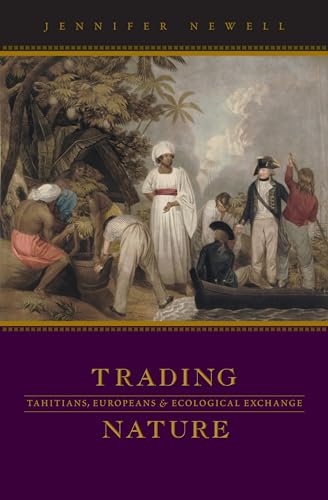ROQ Silicone Rubber Wedding Ring for Men, Comfort Fit, Men's Wedding Band, Breathable Rubber Engagement Band, 9mm Wide 2mm Thick, 2 Thin Lines Duo Collection, 3 Pack, Blue-Black, Orange-Grey, Red-Black, Size 12
Appliances
Arts, Crafts & Sewing
Automotive
Baby
Beauty
Books
CDs & Vinyl
Collectibles & Fine Arts
Cell Phones & Accessories
Clothing, Shoes & Jewellery
Computers
Electronics
Health & Personal Care
Home & Kitchen
Industrial & Scientific
Luggage & Travel Gear
Musical Instruments
Office Products
Patio, Lawn & Garden
Pet Supplies
Software
Sports & Outdoors
Tools & Home Improvement
Toys
Video Games












